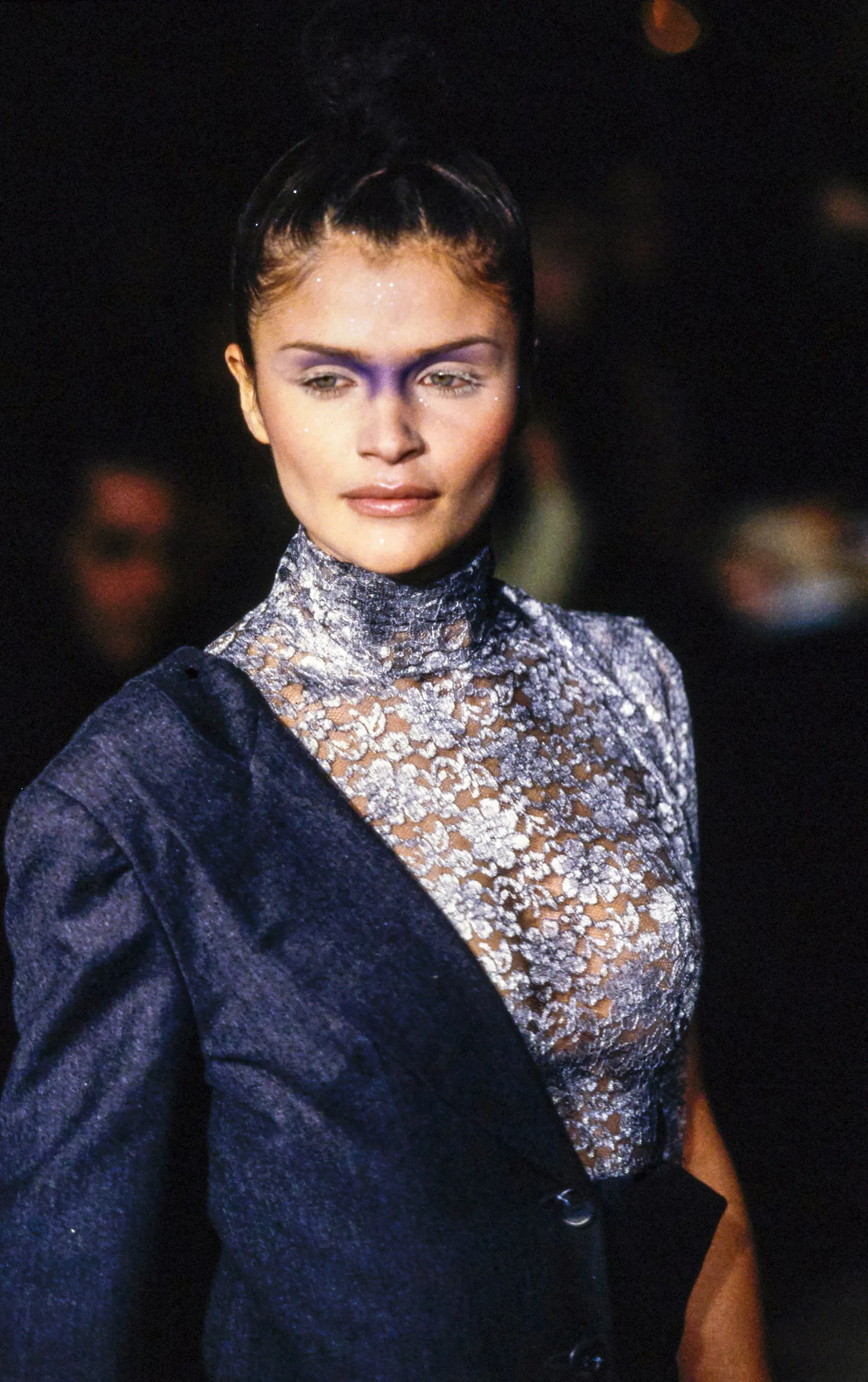The “Dante” collection by Alexander McQueen
- squint

- Apr 14
- 2 min read
The “Dante” collection by Alexander McQueen, presented in Autumn/Winter 1996, is one of his most iconic and provocative early runway shows. Here's a detailed breakdown of what made it so significant:
Context and Concept
Theme: The show was named after Dante Alighieri, the author of The Divine Comedy, and explored themes of life, death, religion, war, and beauty.
Setting: The runway show was staged in Christ Church in Spitalfields, London—a deconsecrated church—which intensified the religious and gothic overtones.
Purpose: McQueen used this collection to challenge and confront traditional notions of morality, religion, and the afterlife, merging them with harsh realities like violence, conflict, and decay.

Key Elements of the Collection
Visuals: The show was rich in religious iconography—models wore crowns of thorns, garments inspired by ecclesiastical robes, and prints referencing classical art and war photography.
Military influence: The collection also included military tailoring, camouflage, and references to contemporary conflict, making a statement about war and sacrifice.
Fabrics and Silhouettes: The garments were masterfully constructed, often combining romanticism (lace, ruffles) with aggression (leather, sharp tailoring).
Provocation: One of the most controversial looks featured a model wearing a gas mask, evoking imagery of war and death.

The “Dante” collection by Alexander McQueen caused an uproar in the fashion press when it debuted in 1996. Critics were divided—some were enthralled by McQueen’s theatrical genius, while others were deeply unsettled by his provocative use of religious and war imagery. Presenting the show in a church, complete with models wearing gas masks, crucifixes, and military-inspired garments, was seen by many as a bold and transgressive statement that blurred the line between fashion and performance art. While certain members of the British press accused McQueen of being disrespectful or sensationalist, others praised him as a visionary who challenged fashion’s complacency and forced audiences to confront uncomfortable truths about beauty, mortality, and power. Ultimately, Dante solidified McQueen’s reputation as fashion’s enfant terrible, and it marked a turning point in how runway shows could function as cultural and political critique.

Legacy
Critical Reception: It received both praise and backlash—it shocked some and thrilled others—but firmly established McQueen as a visionary in the fashion world.
McQueen’s Message: The collection was a form of artistic protest, commenting on religion, war, and society’s obsession with beauty even in death.
Influence: Dante is still referenced today in fashion and art circles for its fearless confrontation of taboo subjects and its merging of beauty and horror.









